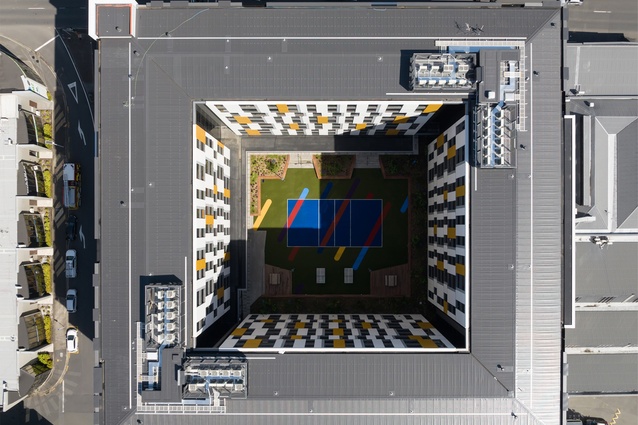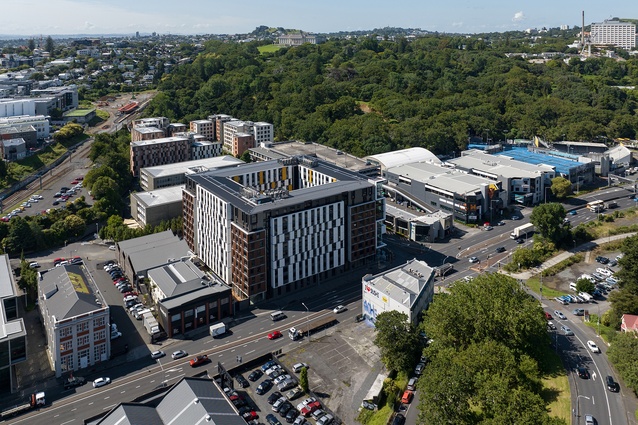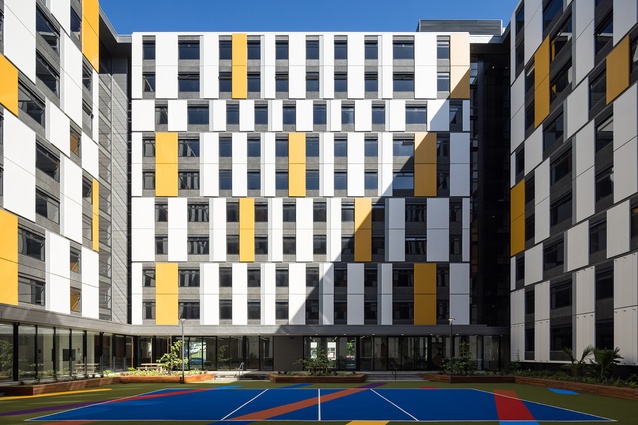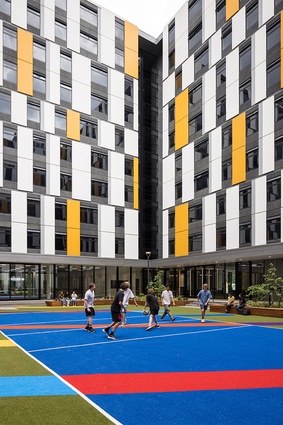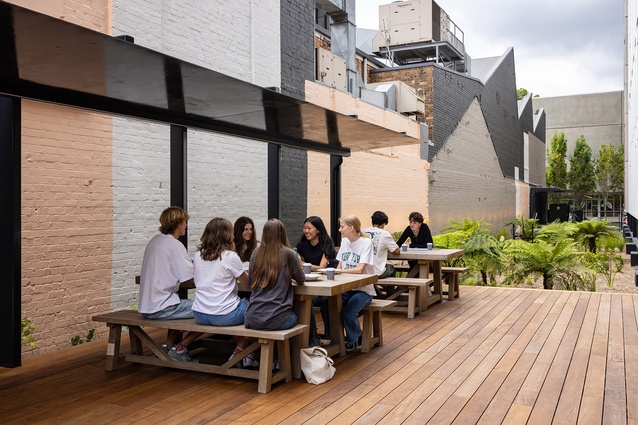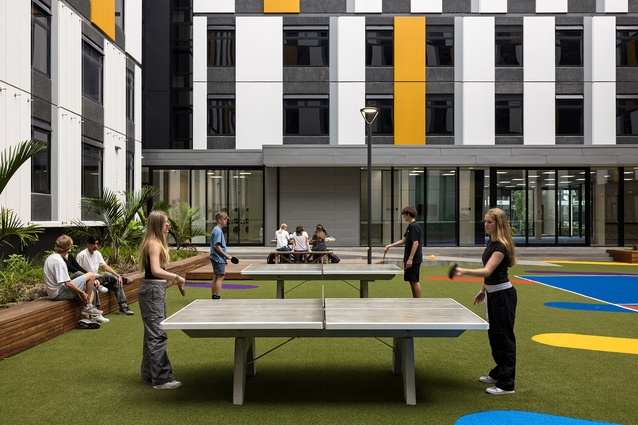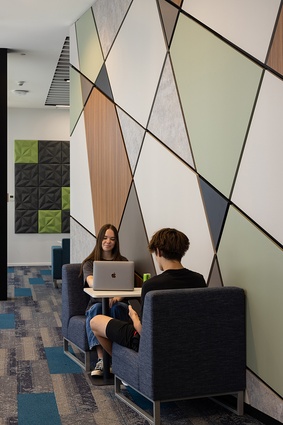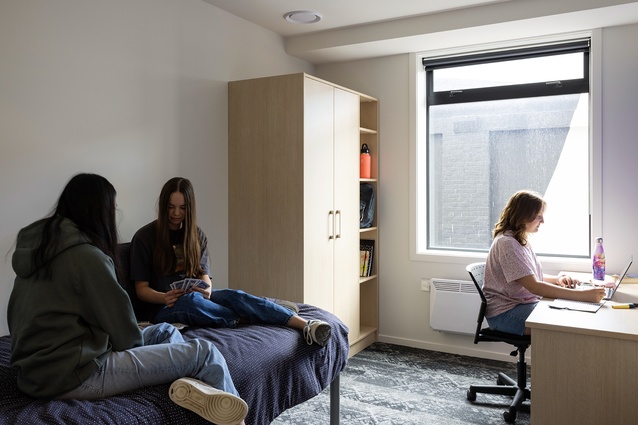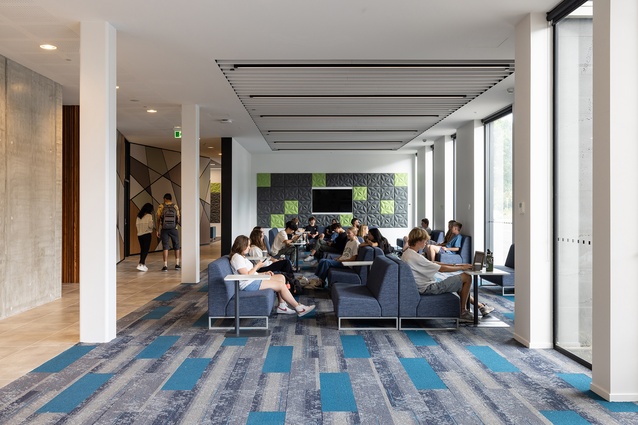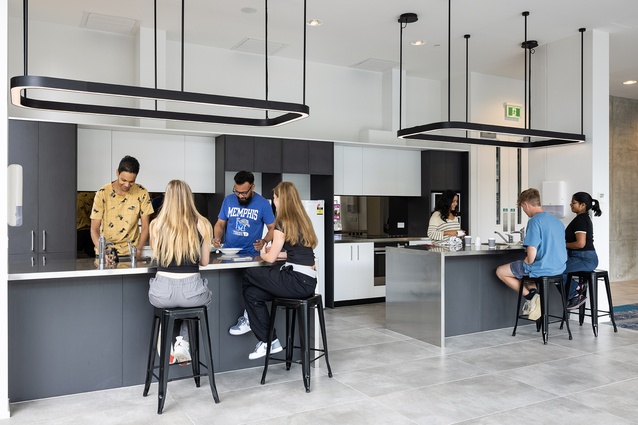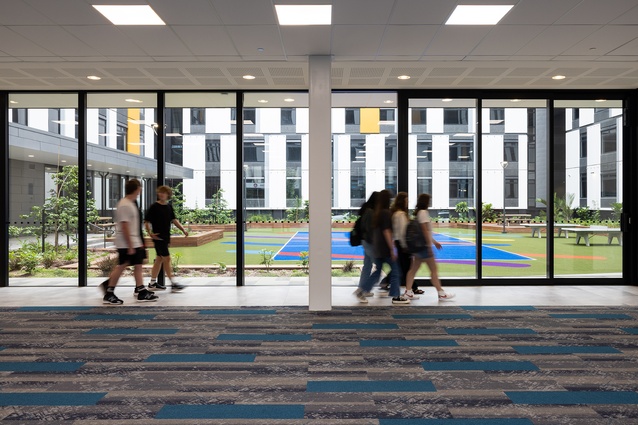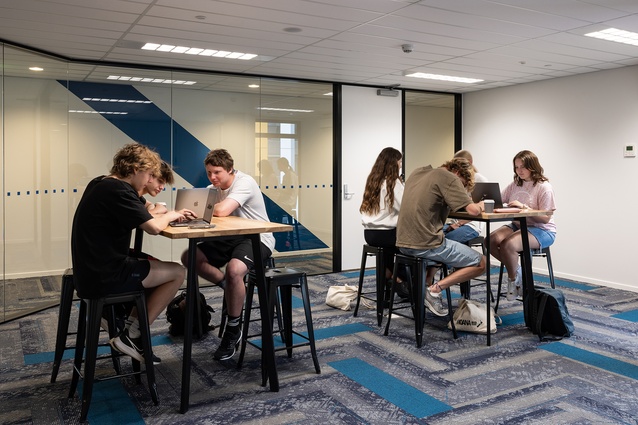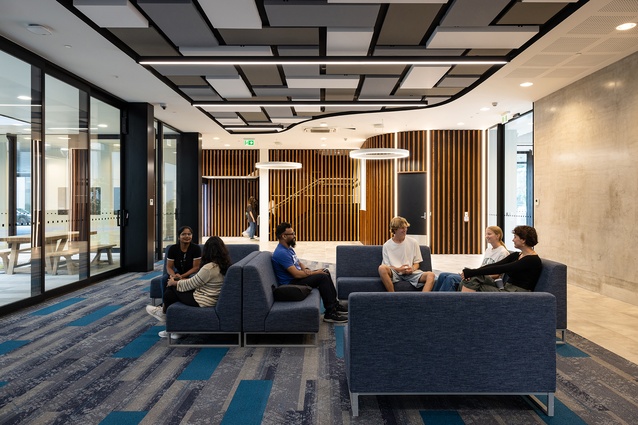$250 million student village opens: 20 years in the making
The opening of the country’s largest student accommodation facility is set to boost the infrastructure of New Zealand’s tertiary education sector.
The $250 million University of Auckland facility designed by Clifford Paul of Ashton Mitchell, will create a new model in student accommodation, developers say. The new model — which can be deployed throughout the country — is intended to address a shortage of self-contained apartments in our tertiary institutions.
The development of this new accommodation infrastructure is seen as an important strategic step in helping to attract international students and retain domestic students within New Zealand — as the global market for tertiary education is re-established.
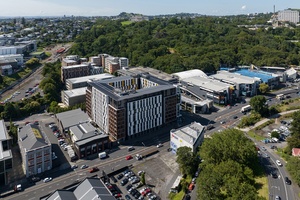
According to government data, international students generated at least $1.25 billion a year for New Zealand prior to Covid, and universities’ overseas earnings from education represented 1.2% of the country’s exports.1
The University of Auckland is New Zealand’s largest tertiary institution and latest data shows the proportion of international students has declined as a result of the pandemic.2
Carlaw Park Student Village has been built on former sporting stadium grounds and was first conceived 20 years ago.
The complex has 416 three-to-six-bedroom apartments and can accommodate over 1,600 residents. The opening of the ten storey 28,000m2 third stage building on Stanley Street —the largest of its kind in the country — adding 907 rooms.
In addition to the third stage building, the Village extends the University’s campus by 52,000m2.
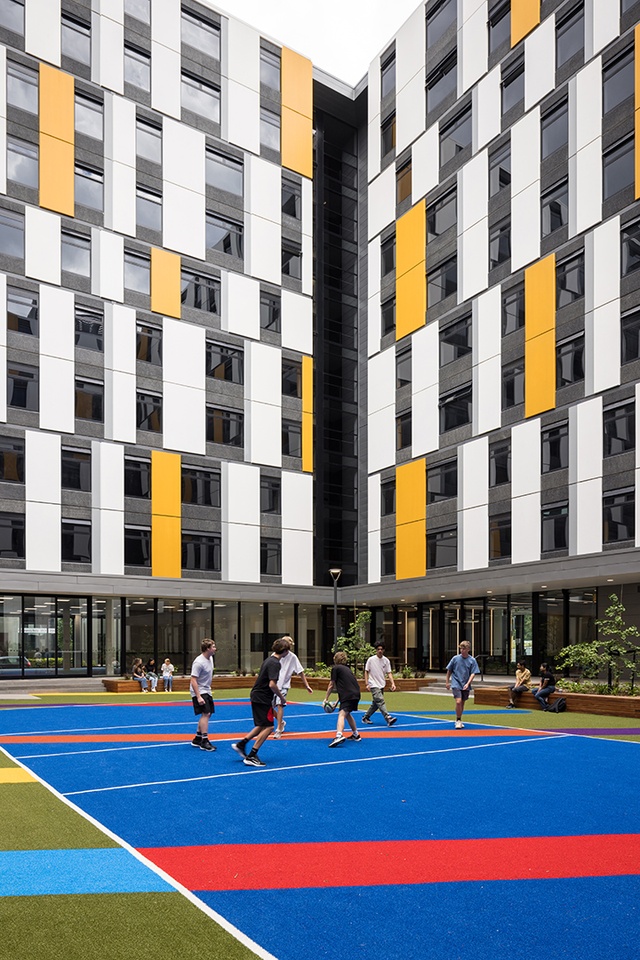
The facility was inspired by US college accommodation and is built around a large central courtyard that can accommodate recreational activities ranging from volleyball to BBQs.
Extensive consultation with students has also seen the incorporation of new design elements including cinema rooms, gaming areas, retail, communal kitchens, music rooms, e-bike storage, study, and artistic spaces. Acoustic soundproofing is designed to create an urban oasis, despite being in close proximity to a motorway entrance.
University of Auckland research suggests their accommodation model, which incorporates apartment rental, utilities, internet and gym membership into one fixed cost is around 17% cheaper for students than living in a private flat off campus.3
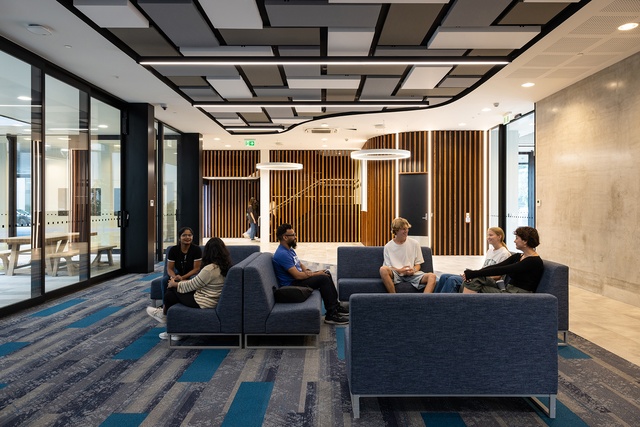
Adrienne Cleland, deputy vice-chancellor and registrar of the University of Auckland, says the self-contained apartment model is common in tertiary institutions overseas, particularly USA, UK and Australia, however, in New Zealand, we are more likely to see a higher proportion of traditional student halls of residences.
She says there is significant local demand for on-campus accommodation and the university had 8,500 applications last year for around 4,500 beds available in their facilities.
“In New Zealand, students living on campus will typically go into a catered hall-style accommodation in their first year.
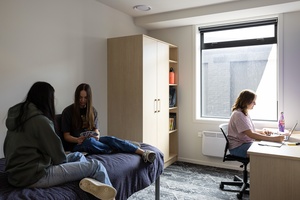
“After that, they tend to migrate to private flatting as often the local infrastructure is not sufficient to support the higher volume of students needing accommodation during the term.
“The self-contained model means all students are on an equal footing, which mitigates many of the disputes which can manifest in flatting situations where one tenant holds the lease.
“It also means their living space is fully furnished and they have none of the challenges associated with sourcing beds, furniture or whiteware and they can budget on a fixed weekly cost of $300 per week.
Greg Reidy and Adrienne Cleland expand on the impact of the new facility:
Greg Reidy, director of Reidy & Co the co-developers of Carlaw Park Student Village — along with construction firm Haydn & Rollett, says changing market dynamics in the real estate industry have exacerbated a shortage of student flats near the CBD.
He says the new model used in the village also provides additional accommodation capacity in the city centre for sporting events and conferences during peak summer season — with 50% of residents vacating their apartments during this time and the revenue used to subsidise the cost for students.
“A number of the older houses in Mt Eden, Parnell and Grafton suburbs have been sold to owner occupiers who have renovated them to become their family home. As a result, it has become increasingly hard to get a student flat close to the university in recent years.
“This new development is designed to address the undersupply of good quality student flats within walking distance of the University of Auckland. We believe the project has achieved this objective at a standard beyond anything built to date,” he says.
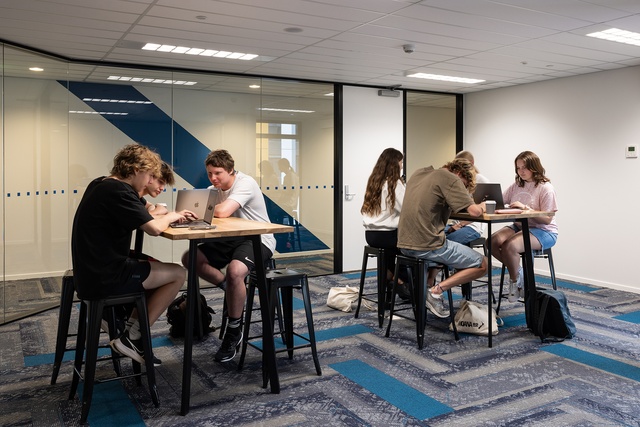
Kim Barrett, director of Ergon Properties which owns the Carlaw Park Student Village buildings, says tertiary institutions can face a number of barriers to expanding their campus infrastructure.
He says they are looking to expand the accommodation model throughout New Zealand and are in conversations with other tertiary institutions.
“While we know that high quality accommodation infrastructure is essential to attracting students, often campuses are based in the centre of a city which means the university is competing with other motivated parties for a small number of suitable commercial sites.
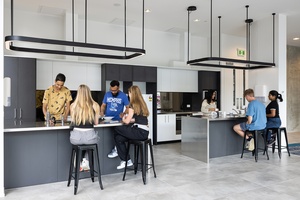
“We have developed a model which helps these institutions secure a long-term lease on the building which becomes part of their property pool — without the upfront capital investment usually needed,” he says.
Cleland says in addition to long-term leases, including on the Carlaw Park accommodation buildings, the university has invested around $300 million on capital infrastructure over the past decade.
She adds that residents in the village will also have free access to a new six storey 21,600m2 university recreation and wellness centre which will be completed in 2024.
See a fly-through of Carlaw Park Student Village below:
References
1 “Economic impact of universities: Updated contribution to growth” draft report (New Zealand Institute of Economic Research, 2020).
2 Auckland University Key Statistics. Accessible here.
3 Auckland University Data here. 907 students saving $4836 per annum - based on a 52 week stay.

